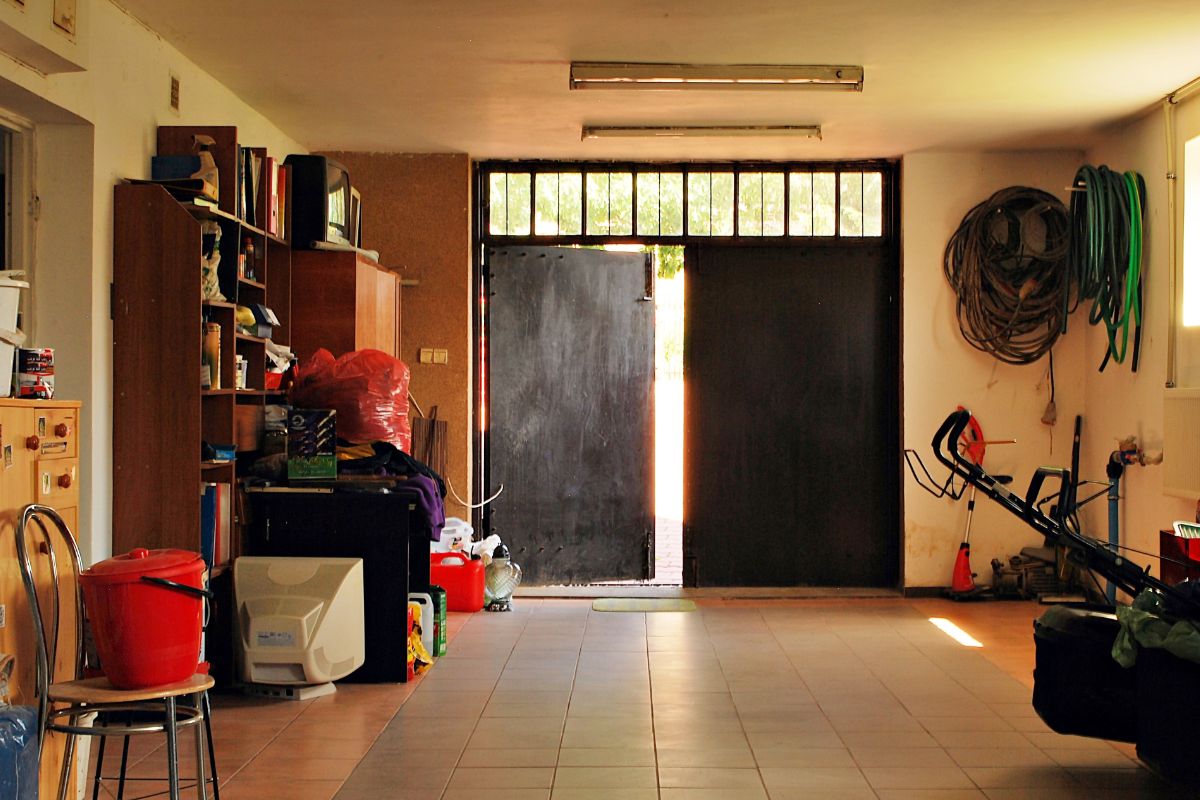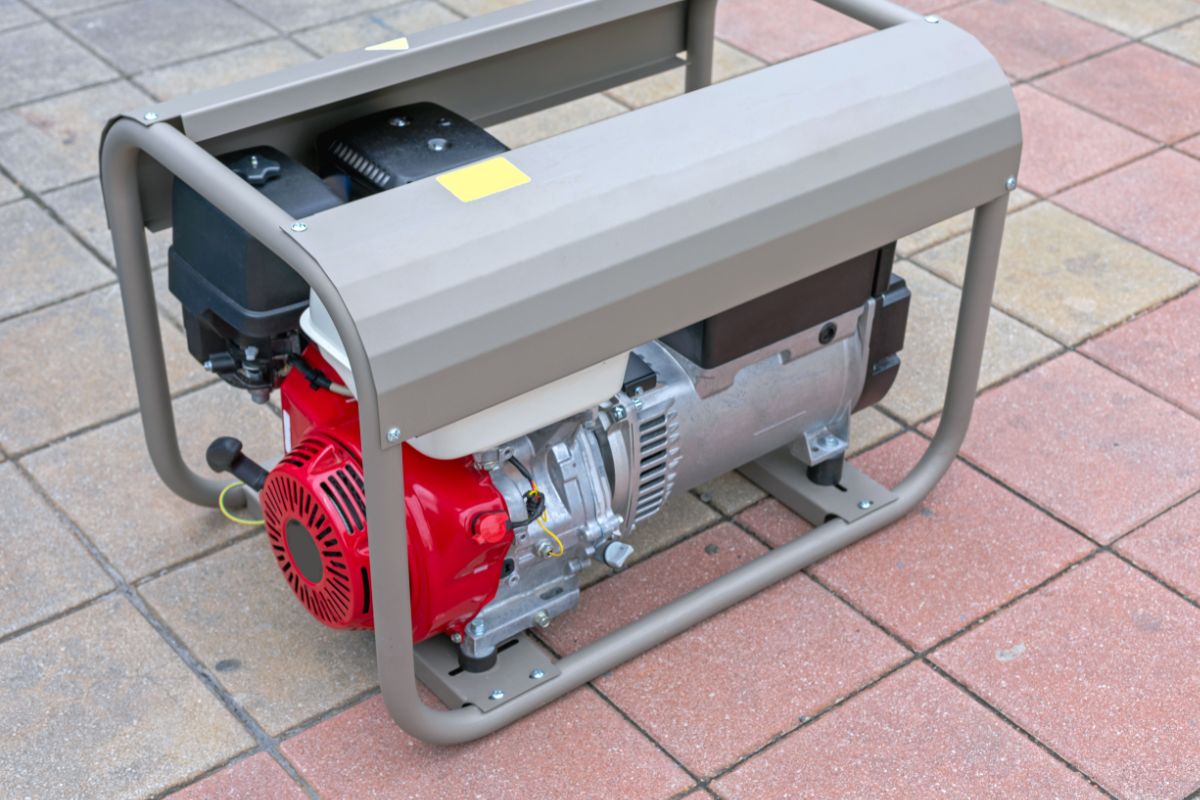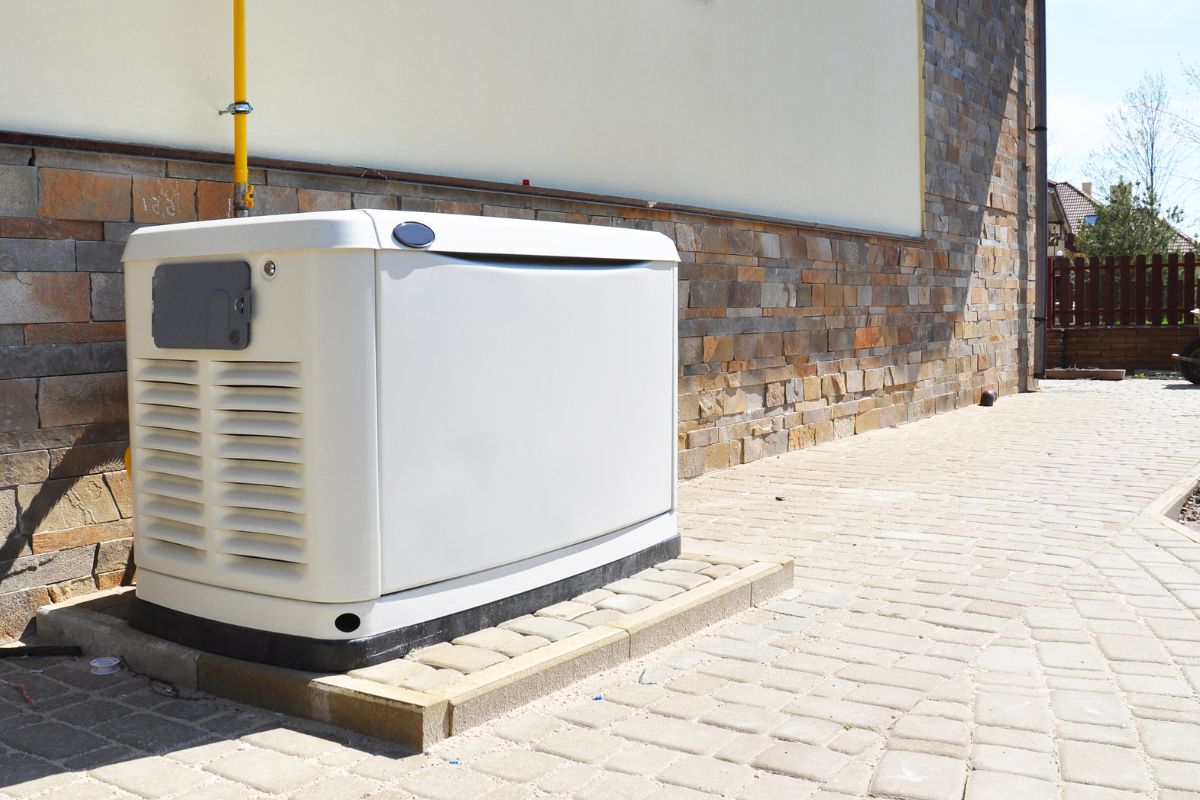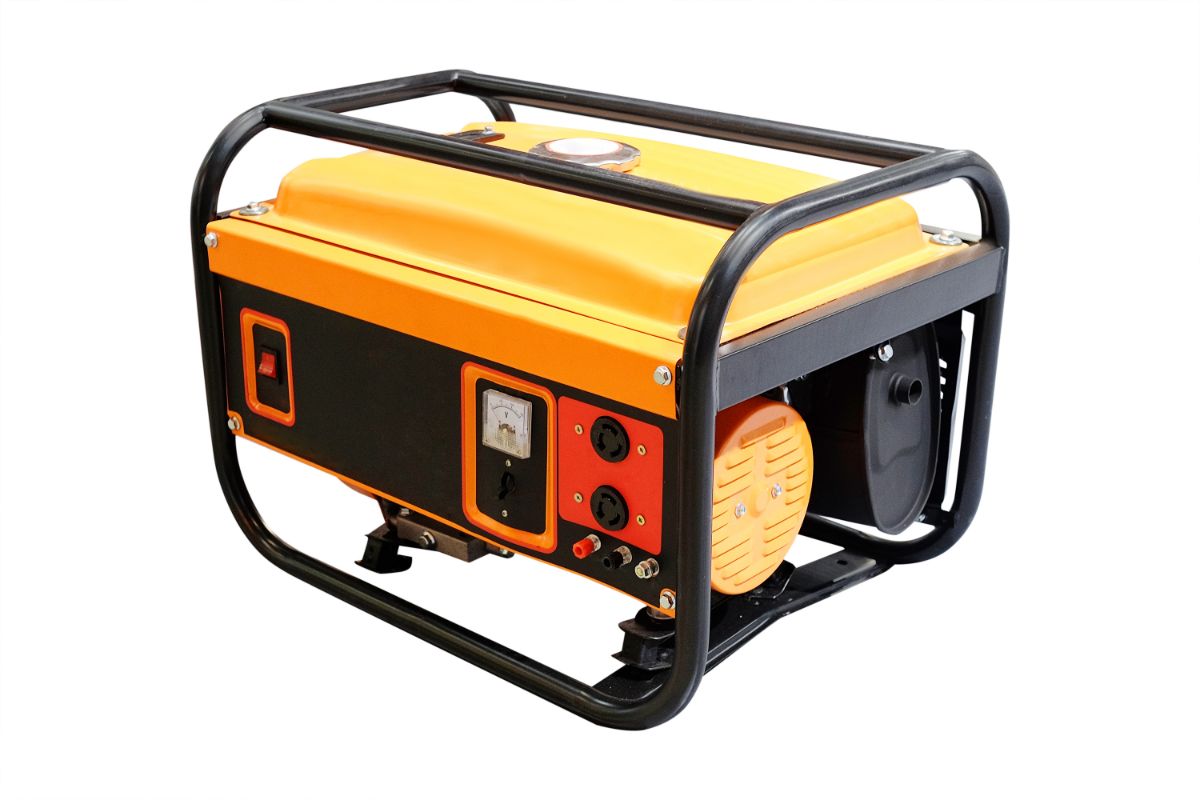RVs are absolutely the best way to explore the big, wide world without leaving behind the home comforts we’ve grown so fond of over the years, but to power the electrical aspects of these comforts, you need a power source.
This usually means you have to plot your RV adventures around official camping sites that offer electric hookups.

Suddenly, that feeling of freedom that your RV inspires starts to pitter out, as you realize your travel options are rather limited if you want to use the full selection of amenities at your disposal… unless, of course, you invest in some quality solar panels for your RV!
In this scenario, going green doesn’t just mean offsetting your RV’s gas guzzlin’ with clean, free energy, it also means you’re completely untethered and free to roam as you please — No hookups necessary! What’s more, after months of research, I’ve composed a shortlist of the best solar panels for RVs you can buy. Let’s take a look at the contenders, shall we?
Best Solar Panel For RV: Reviews
OUR TOP PICK
Renogy 400-Watt 12 V Premium Solar Panel Kit
EDITORS CHOICE
WindyNation 100-Watt 12V Solar Panel Starter Kit
BEST VALUE
Go Power! 130-Watt Portable Solar Kit
OUR TOP PICK
Renogy 400-Watt 12 V Premium Solar Panel Kit
If you’re starting from scratch with your RV’s solar augmentation, I’d highly recommend choosing something like this comprehensive Renogy kit.
Arriving with four 100-watt panels crafted from the highest quality monocrystalline cells, you’re getting top-notch efficiency, and nearly a full array in just one purchase.
These mono panels also arrive with integrated bypass diodes, meaning any shaded cells are bypassed to optimize your solar yield, and being that it arrives with a quality MPPT controller, you’re fully protected against transitory energy loss.
During my tests, I found that they pull in between 1.6 and 2.5 kWh of energy a day, which isn’t enough to run your AC for any helpful period of time, but it will take care of your fridge and many of your smaller electronics without breaking a sweat.
Treated with advanced encapsulation material, they’re also incredibly robust, guaranteeing they’ll stand the test of time, and that you’ll get your money’s worth (and then some).
And, to put the solar cherry on top, they arrive with pre-drilled brackets, making installation as pain-free as possible.
Pros
- Value for money — This is undoubtedly the best solar kit on the market on a dollar-per-watt basis.
- Monocrystalline cells — Highly efficient cell structure optimizes yield
- Pre-drilled brackets — Save a bunch of time and effort on installation
- MPPT charge controller included — MPPT controllers reduce energy loss and eliminate back-feeding.
Cons
- 100 watts per panel — 400 watts isn’t enough to power everything, but it’s a fantastic start.
- Battery not included — You’ll have to factor a solar battery into your budget.
Also available from Renogy
EDITORS CHOICE
WindyNation 100-Watt 12V Solar Panel Starter Kit
Arriving with a 12 V 80 Ah solar battery, you won’t need to make any aftermarket purchases to start your solar odyssey when you purchase this WindyNation kit.
It’s an SLA battery, so it’ll likely need replacing after 5 years or so, but during my tests, it worked magnificently, and it delivers that signature SLA durability in spades.
You also get a charge controller with this kit, but it’s a PWM rather than MPPT unit, meaning it’s slightly less efficient, but energy loss in a modest setup will be negligible, and the LCD makes this controller incredibly easy to use.
It’s a very affordable kit considering what you get, but the costs are cut on the panel technology, as it’s based on the polycrystalline blueprint, but even so, it still managed to pull 0.35 kWh over the course of a day, which is impressive.
Pros
- Battery included — Saves a bunch of money
- Pre-drilled brackets — Installation is a cinch.
- Price — Perfect for those on a budget
Cons
- Polycrystalline — Not as efficient as mono
- One panel only — You won’t be able to power much with this kit alone.
Also available Factorypure
BEST VALUE
Go Power! 130-Watt Portable Solar Kit
Not everyone is after a roof-mounted solar array, so let’s take a look at this portable Go Power! Kit.
Composed of two foldable panels, it couldn’t be easier to get this kit from A to B or to chase that sunny spot while your RV sits in the shade, but that’s just the tip of the iceberg.
The panels are monocrystalline creations, so you can expect maximum efficiency, and although it’s quite a pricey product, you save money on essential extras, as it arrives with an integrated solar charge controller.
They also have an incredibly sturdy foldaway kickstand that I really appreciated during my tests, as you can angle the panels to increase sunlight exposure, but I’d secure them in place with a sizable rock or something, as a strong wind can cause them to fall over.
Pros
- Portability — Foldable and weigh little over 28 lbs
- Mono cells — High efficiency
- Integrated charge controller — Saves money on aftermarket purchases
- Sturdy kickstand — Helps to optimize panel placement
Cons
- Price — You pay a premium for the portability factor.
- Manual setup — Can be irritating after a while
Also available from UnitedRV
RUNNER UP
HQST 400-Watt Solar Starter Kit
I’f you’ve decided that you’d rather save a few bucks and opt for poly cells instead of mono, I highly recommend this HQST kit.
It arrives with four pristine 100-watt polycrystalline panels, a surprisingly high-quality PWM charge controller, and all you need to get the panels mounted on your RV.
The railings are all pre-drilled, which makes things a lot easier. Installation took me all of 40 minutes.
And once they were up there, they performed remarkably well — Poly may not be the most efficient solar technology, but these are basically the Ferrari of polycrystalline panels.
I’d have preferred an MPPT controller, but at this price point, you can’t sweat the small stuff, and, as I said earlier, the included PWM controller is top-notch.
Pros
- Pre-drilled brackets — Easy installation
- Price — Settling for poly and a PWM controller saves big bucks!
- Controller included — No need to purchase a charge controller separately.
- Build quality — Durable as panels get
Cons
- Polycrystalline — Never as efficient as mono.
Also available from Forestandtoast
RUNNER UP
Renogy Flexible 100-Watt 12 V Solar Panel
We’re finishing where we started, with this fantastic flexible solar panel from the good people of camp Renogy.
If you have an Airstream or any other RV with a curved roof, mounting traditional panels can be a real pain, but this flexible option makes it a breeze.
Plus, with the highest quality monocrystalline cells, it’s an amazingly efficient design, evidenced by its ability to power many of my smaller electronics during my tests.
As you may have guessed, it’s also insanely lightweight, minimizing the burden on your RV.
Measuring just 1/10 of an inch, it’s a great option if you’re not keen on the way solar panels look and you want to keep them hidden to maintain your RVs established aesthetic.
Yet despite its thinline construction, it can handle winds up to 2400 Pa and snow loads up to 5400 Pa.
My one gripe is the price tag. For four of these sleek solar panels, you’ll be paying way more than you would for the Renogy starter kit in my top spot.
Pros
- Flexible — Easy to mount on awkwardly curved surfaces
- Durable — These panels are in it for the long haul.
- Mono with matrix distributed dots — Super high efficiency due to the “recycling” of sunlight
Cons
- Price — You only get the panel… nothing else.
Also available from Renogy
Buyer’s Guide
For many, solar panels are pretty esoteric gadgets, but this buyer’s guide will keep you on the straight and narrow!
Panel Output/Count — Getting To Know Your Energy Consumption
To establish how many and what kind of solar panels you’ll need to keep the lights on in your RV, it’s crucial that you figure out how much energy you use an hour when hitting the road and camping in your home-on-wheels.
Once you’ve figured out how much energy your appliances use in one hour, you can calculate how much solar muscle you need by multiplying it by the likely peak sunlight hours of your location/destination, then dividing that total by the wattage of a prospective solar panel.
The average RV consumes about 20 kWh per day, so feel free to use that as a baseline to estimate what kind and how many solar panels you’ll need to be comfortable.
Typically, two or three panels will cover most of if not all of your smaller electronics, but for more power-hungry devices such as fridge-freezers and air conditioners, you’ll need a much larger panel array.
Before we move on, it’s worth noting that you don’t have to establish a full solar panel system right away. If you’re trying to stick to a budget, you can always start with one or two, and build your solar bounty over time — There’s no rush!
Manual Vs. Roof-Mounted
Next on the agenda is choosing between loose, manual panels and roof-mounted panels. Loose panels will have to be set up manually wherever you stop, but this allows you to set them up wherever the sun is and shift them to track its movement throughout the day.
Roof-mounted panels, on the other hand, are always set up and ready to go, and will pull in energy even as you travel, which definitely gives them an edge, but you do have to ensure you’re parked up in full sun when you get where you’re going, as you cannot easily remove them from your RV to chase the sun.
Permanent roof-mounted panels are considered the premium option so are generally more expensive, but if you’re a consummate traveler with an adventurous soul, the convenience factor of never having to set them up may be worth the investment.
Solar Panel Technology
You’d be forgiven for thinking a solar panel is a solar panel and that’s that, but did you know there are actually three primary panel technologies to choose from?
- Monocrystalline — Monocrystalline panels are composed of solar cells forged from a single sheet of silicone. This architectural oneness makes it by far the most efficient of all three technologies, but this performance comes at a cost.
- Polycrystalline — By contrast, poly panels are composed of solar cells derived from many different pieces of silicone that are subsequently glued together. It makes them much easier to produce, which brings their price down, but performance also takes a bit of a nose dive.
- Amorphous — These panels are super thin and super flexible, which can be a big bonus for portable systems, but it comes at the cost of performance. Amorphous is the least efficient commercially available panel type, but it’s also the most affordable. That said, you’d need multiple amorphous panels to match the energy yield of one mono or poly panel, so it may not work out as the most affordable or practical option in the long run.
Furthermore, to mount these on your roof, your only option is to glue them down, which, needless to say, can be problematic when you need to remove or replace them.
However, if you have an RV with an emphatically curved room like an Airstream, the flexibility of amorphous panels is exactly what you need for a roof-mounted panel array.
But if money’s no object, you can also find flexible monocrystalline panels that outperform their amorphous counterparts in every possible way.
Solar Battery
Once you’ve settled on some solar panels, you may need to fork out for one or more solar batteries to harness the power the panels are bringing in. You have two options on this front…
- Sealed Lead Acid (SLA) — SLA is an older power storage technology, but it’s still popular today due to its affordability and durability. Where it starts to look like a bit of a dinosaur, comparatively speaking, is the subpar efficiency, size, weight, and limited life span.
- Lithium — Lithium batteries are the premium option. They’re incredibly efficient, lightweight, compact, and have an insane shelf and cycle lives. Although, as you might expect, they don’t come cheap.
Best Solar Panels For RV: Frequently Asked Questions
Stick around just a minute or two longer, and I’ll answer all your burning RV solar panel inquiries!
How Many Solar Panels Do I Need To Run My RV?
It’s hard to give a precise answer to this question as the number of solar panels you need to run your RV depends on the following factors:
- Your energy consumption
- The output of each panel
- Destination climate
… But I can give you a general answer that you can use as a jumping-off point. On average, you’ll need between two and four 200-watt monocrystalline solar panels to tide you over day to day.
Are RV Solar Panels Worth It?
If you like setting a course down the path less traveled, then RV solar panels will be the investment of a lifetime.
Sure, the buy-in is pretty steep, especially if you want to set up a comprehensive system right off the bat, but as soon as your panels are up and running, you’ll be rolling in free, clean energy, doing your part to keep the great outdoors you so love exploring nice and clean.
If you live in a particularly gloomy climate, the gains certainly won’t be quite as significant as they would be in a sunny area, but I’d still recommend setting up an RV solar panel system, if only for lengthy summer jaunts.
How Many Solar Panels Do I Need To Run The Refrigerator In My RV?
Refrigerators, no matter how small, are quite demanding electronics. You’ll likely need a 200-watt mono panel just to run an average-sized RV refrigerator.
What Can A 100-Watt RV Solar Panel Run?
You may need to fork out for a 200-watt panel just to keep your snacks cool on the go, but the good news is that an extra 100-watt mono panel should take care of all the little essentials such as laptop and phone chargers, LED bulbs, DVD players, and ceiling fans… not at the same time, though.
Not that you’d ever need to, but if you wanted to run these appliances simultaneously, you’d need at least another 200 watts worth of solar panel.
How Many Solar Panels Will I Need To Power My RV AC?
AC units are even greedier than refrigerators. To get 8 hours run time a day, assuming you’re using typical 12 V panels, on average, you’d need a dedicated panel system with a combined output of 1800 watts, which is pretty intense.
You’d also need some pretty beefy batteries to harness the necessary amount of power, but that’s not to say it shouldn’t be attempted!
Final Thoughts
Solar power is almost always a worthwhile investment, but never is this statement more true than it is when you own an RV and love nothing more than hitting the highway and heading out to your favorite natural beauty spots.
I highly recommend all of the panels in this list, but to zero in on the right one for you, you’ll need to do a few calculations and establish precisely what it is you want your solar setup to be capable of handling.











